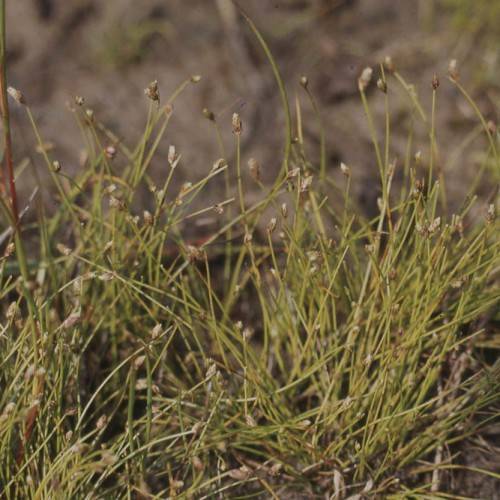
fiber optic grass
Isolepis cernua
Cycle:
Perennial
Watering:
Frequent
Hardiness Zone:
8
Flowers:
Flowers In Summer
Sun:
Full sun, Part sun/part shade
Soil:
Bog
Fruits:
Fruits Ready In Summer
Leaf:
Yes
Growth Rate:
Moderate
Maintenance:
Low
Drought Tolerant:
Yes
Salt Tolerant:
Yes
Care Level:
Medium
watering
Fiber optic grass (Isolepis cernua) prefers moist soils, so it should be watered regularly. It should be watered lightly but consistently, giving 1-2 inches of water per week, either from rain or irrigation. Watering too lightly or too infrequently can cause the grass to suffer from drought. On hot dry days, water more frequently. Avoid overwatering, however, as too much water can lead to root rot or fungal diseases. For best results, water consistently and thoroughly to keep the soil moist but not soggy.
sunlight
Fiber Optic Grass (Isolepis cernua) is a fast-growing, low-maintenance plant that can be grown in full sun to partial shade. When growing fiber optic grass, it should receive a minimum of 4 to 6 hours of direct sunlight per day. This can be provided in the late morning or early afternoon when the sun is at its brightest. Avoid planting in full shade, as this will cause the grass to become leggy and weak. To promote healthy growth, make sure the soil drains well and the plants are watered regularly.
pruning
Fiber Optic Grass (Isolepis cernua) should be pruned in late fall or early winter. When pruning this type of grass, you should remove 1-third of the plant's foliage. Additionally, you should remove any damaged or dead foliage before pruning. Doing so will ensure that the plant retains its shape and vigor. After pruning, make sure to spread a thin layer of compost around the roots to help the plant recover from its trim. Pruning Fiber Optic Grass can extend its life and keep it looking its best.
